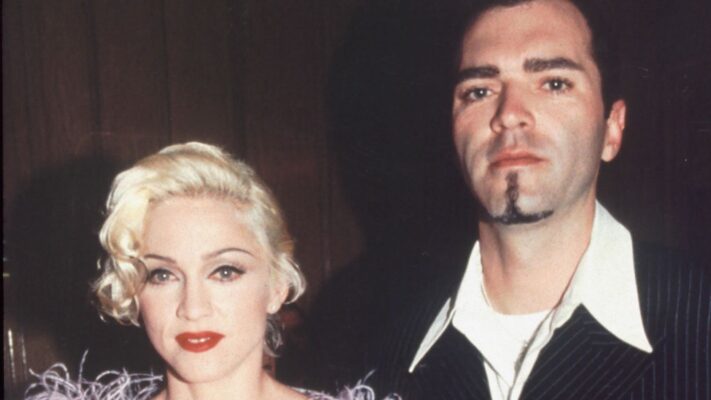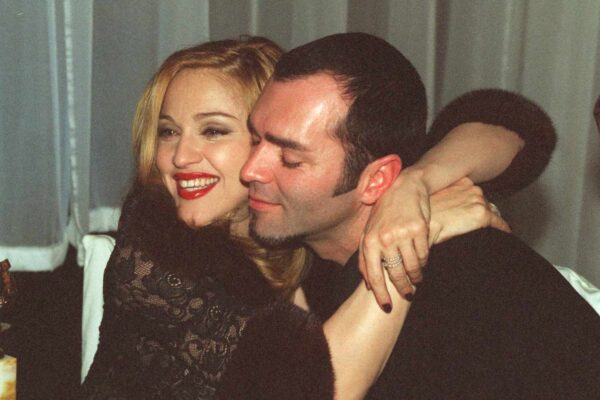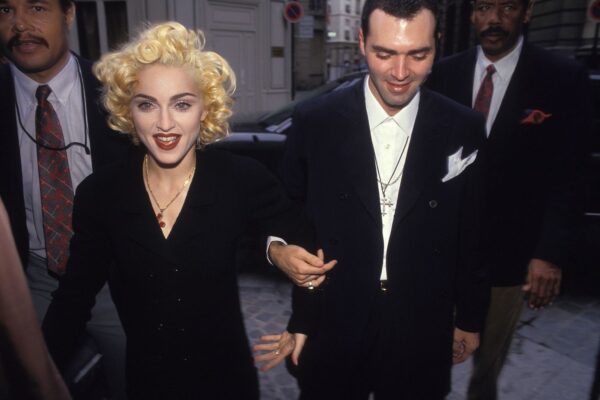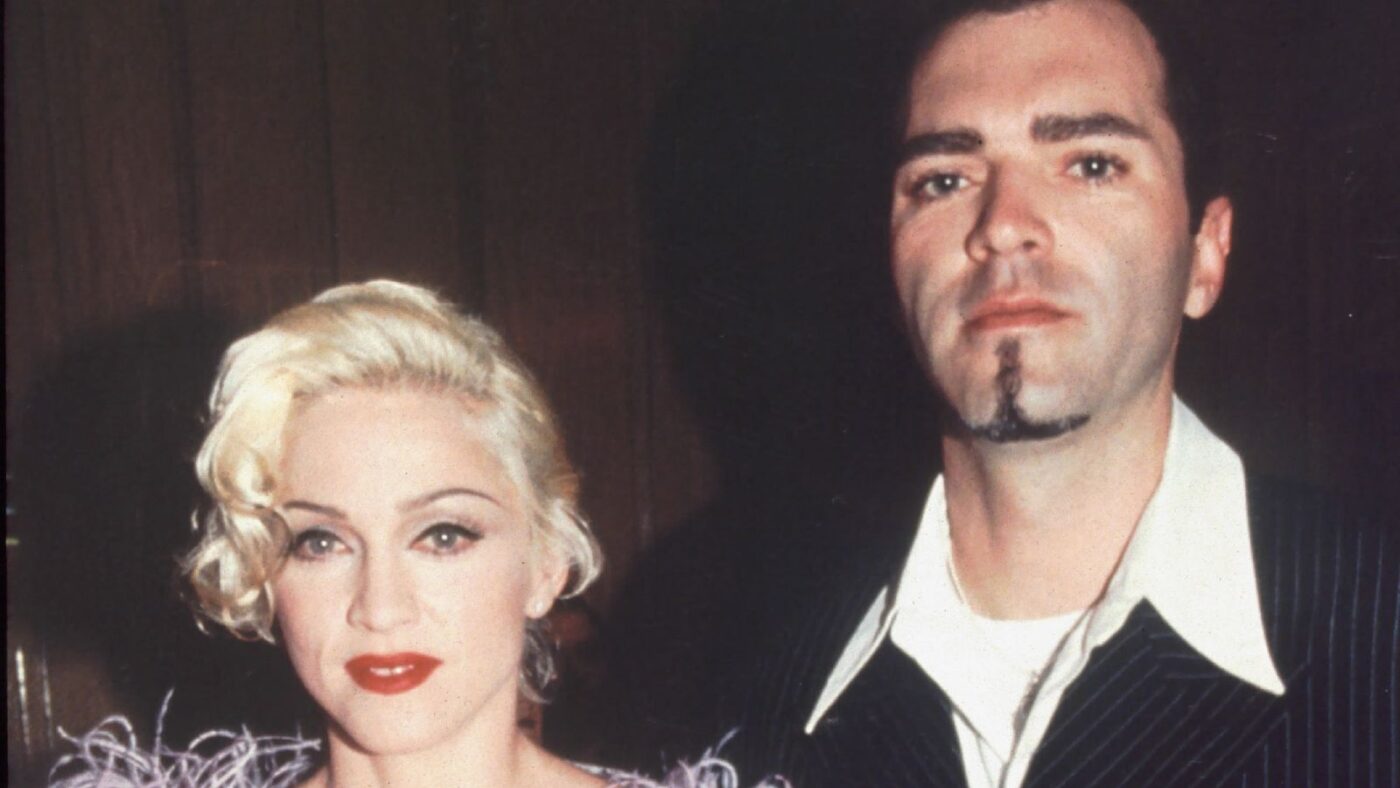In recent years, the term “interior design” has transcended its conventional boundaries, blending aesthetics with financial acumen and strategic planning. One of the notable figures leading this innovative approach is Christopher Ciccone, an accomplished artist and designer who has carved out a niche as a financial interior designer. His journey from the canvas to the boardroom is a compelling narrative showcasing the versatility of artistic talent and the vital role that design plays in financial environments.

The Artist’s Genesis
Christopher Ciccone is no stranger to the world of art. Born into a family steeped in creativity, Ciccone displayed his artistic prowess at a young age. His early years were marked by a deep exploration of colors, textures, and forms. He pursued formal education in fine arts, eventually finding himself at the forefront of various artistic movements. His works, which often incorporated themes of identity, emotion, and movement, gained considerable recognition, earning him a place in galleries and exhibitions across the globe.
However, while Ciccone thrived in the creative environment, he began to realize that art could serve a purpose beyond mere aesthetic pleasure. The interplay between design and function piqued his interest, especially as he observed how environments could stimulate productivity and foster financial success.
The Transition to Interior Design
Ciccone’s transition from artist to interior designer was not a linear path; it was marked by curiosity, experimentation, and a desire for innovation. He engaged with architects and various stakeholders in the architectural and design communities, seeking to understand the practical applications of design in various settings.
As his understanding deepened, Ciccone became fascinated with the idea of creating interiors that not only looked good but also enhanced financial performance. He delved into studies on the psychology of design, spatial awareness, and how colors and layouts could influence mood and productivity. This burgeoning knowledge laid the groundwork for what would later become his unique approach to interior design—one that harmonizes aesthetics with fiscal responsibility.

The Concept of Financial Interior Design
The concept of financial interior design that Ciccone champions reflects his belief that every space can be a catalyst for financial success. This innovative approach emphasizes creating environments tailored to achieve specific business goals, whether in corporate offices, retail spaces, or hospitality environments. The goal is to design with intention, where every element—from the choice of materials to furniture arrangement—serves a strategic purpose.

The Core Principles
Ciccone’s methodology in financial interior design is built on several core principles:
Aligning Space with Strategy: Understanding the specific needs and goals of a business is paramount. Ciccone works closely with clients to identify their financial objectives, ensuring that the design aligns with their broader strategic vision.
Enhancing Productivity: Research indicates that design significantly impacts employee productivity and morale. By utilizing thoughtful layouts, ergonomic furniture, and optimal lighting, Ciccone creates environments that foster focus and efficiency.
Creating Inviting Customer Experiences: In retail and hospitality environments, the design must be inviting and engaging to attract and retain customers. Ciccone integrates elements that enhance the customer experience, promoting increased sales and brand loyalty.
Sustainable Design Choices: Ciccone is a proponent of sustainability, advocating for materials and practices that minimize environmental impact. This not only appeals to eco-conscious clients but can also result in long-term cost savings.
Scalable Solutions: Financial interiors must be adaptable. Ciccone designs spaces that can evolve with the growth of a business, ensuring that investment in design delivers returns over time.
Case Studies in Financial Interior Design
Ciccone’s innovative approach has produced remarkable transformations for various businesses. For instance, a corporate office he redesigned saw a significant uptick in employee collaboration and satisfaction, which directly correlated to increased productivity and profitability.
In a retail project, Ciccone’s reimagining of the shop layout and overall ambiance led to a noticeable rise in foot traffic and sales conversions. The strategic integration of artistic elements not only elevated the brand image but also created a memorable shopping experience for customers.

The Integration of Art and Design
One of the most distinctive aspects of Ciccone’s work as a financial interior designer is his seamless integration of art into his projects. He understands that art can serve as a powerful tool in communicating a brand’s story and values. His unique background allows him to curate art pieces that not only resonate with clients but also enhance the overall design narrative.
By carefully selecting artworks, Ciccone can create focal points that stimulate discussion and engagement within a space. Art becomes a conversation starter, a reflection of the brand’s ethos, and an important element in crafting an inviting atmosphere.
The Future of Financial Interior Design
As the lines continue to blur between art, design, and business, Ciccone’s work represents a pioneering movement towards greater integration of these fields. The emergence of financial interior design is particularly relevant in a world where companies are increasingly recognizing the value of investing in workplace environments that drive success.
Ciccone’s approach challenges traditional notions of interior design by expanding its purpose beyond aesthetics. It questions how spaces can be utilized strategically, urging businesses to think critically about their environments in relation to their financial goals.
Moreover, as businesses become more aware of the impacts of their physical environments on employee well-being and customer engagement, financial interior design is likely to gain traction across various sectors. Ciccone’s ability to adapt and innovate within this domain positions him as a leading voice in the evolution of design.
Christopher Ciccone’s journey from artist to financial interior designer exemplifies the innovative trajectory that creative individuals can take in today’s dynamic world. His transformative approach not only enhances environments but also empowers businesses to realize their financial aspirations. By merging aesthetics with strategic intent, Ciccone’s work stands as a testament to the profound impact that thoughtful design can have on the success of a business. As we move forward, the principles of financial interior design will likely become integral to how we approach the creation of spaces that are both beautiful and functional, reflecting a harmonious balance fuelled by creativity and purpose.

